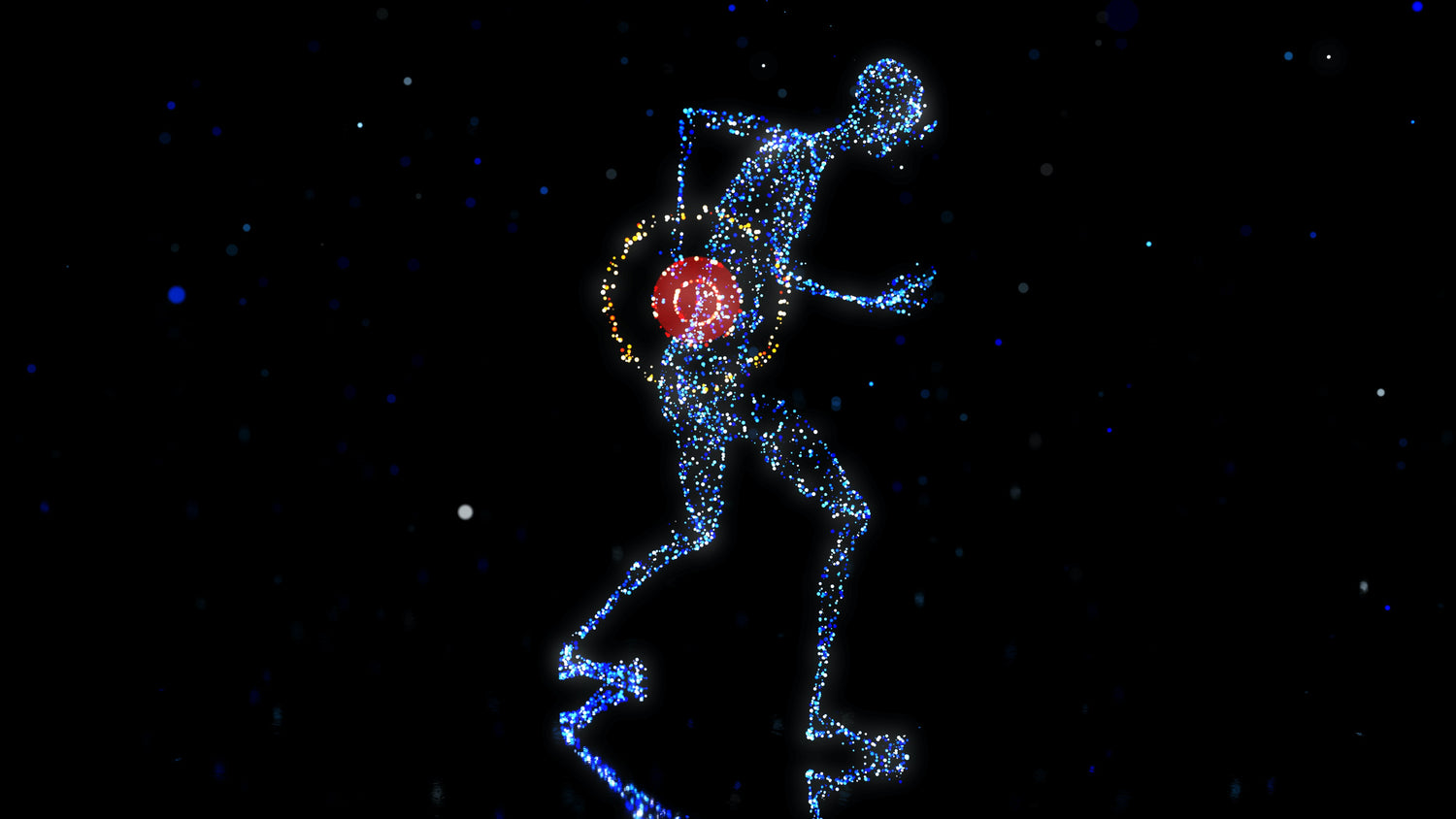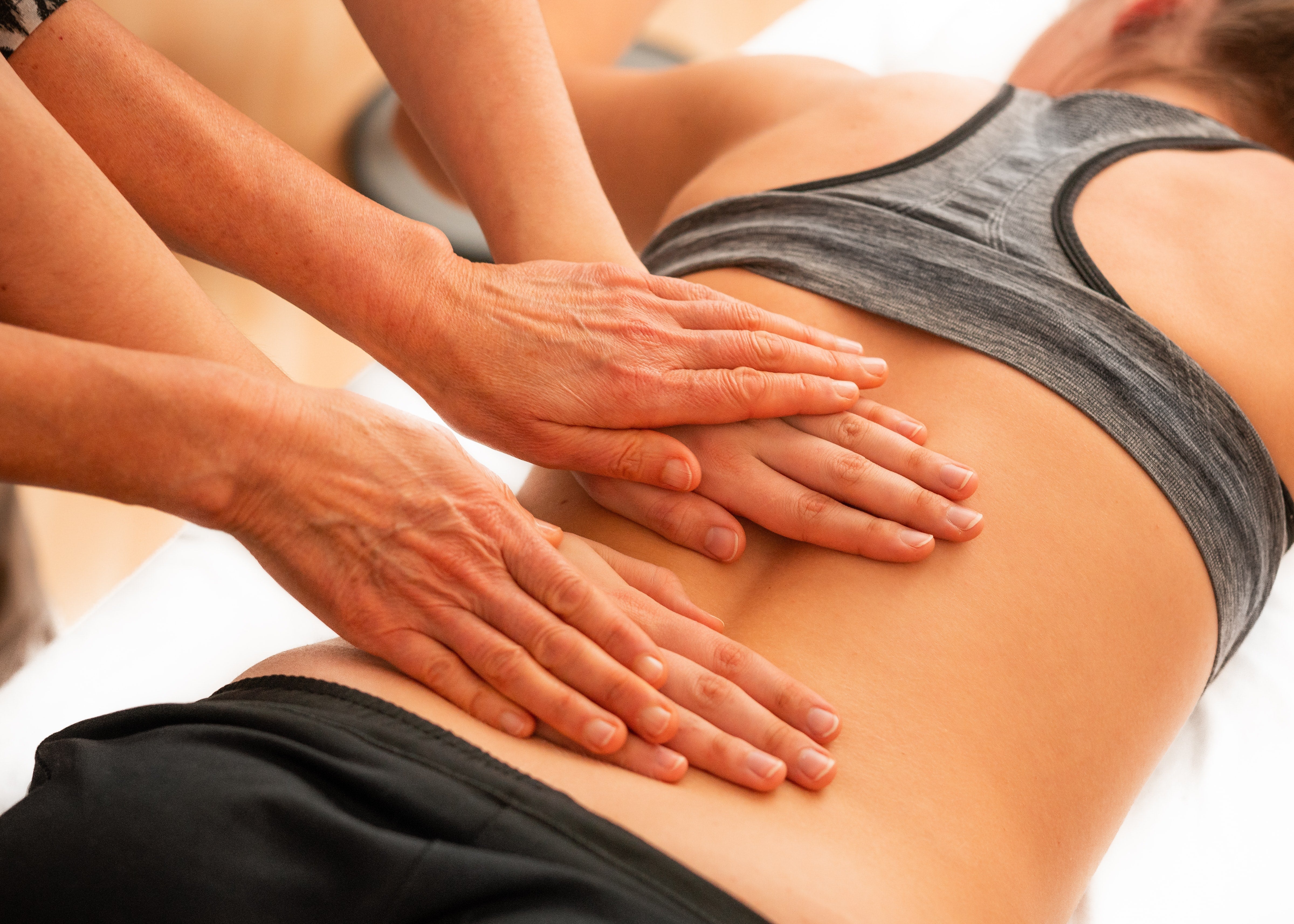Credit to the Australian Clinical Care Standards for Low Back Pain for writing this blog and sharing it with a creative commons licence. Subscribe to the Limber newsletter here for more helpful resources on low back pain, delivered monthly.
Back pain can be very painful and scary but knowing the facts can help reduce stress and concern, improving the recovery journey and in many cases reducing the pain. Below are some common questions people ask about low back pain. If you find this useful, please share it.
1. What is low back pain?
Low back pain refers to pain felt in the lower part of the spine (lumbar spine), and can be accompanied by pain in one or both legs. Back pain often feels bad, but for most people hurt does not mean harm or damage. Back pain often comes on quickly (acute pain), but then improves or goes away within three to six weeks. However, it is common for it to come back, with some people going on to develop more persistent or chronic pain (that lasts for more than three months)
2. Could my back pain be serious?
Most people with back pain do not have any significant damage to their spine. The pain comes from the muscles, ligaments and joints. In a very small number of people (around 1%), back problems are caused by a serious condition such as cancer, inflammatory problems, infection, fracture or compression of the nerves in the spine. However, this is very rare and your clinician will check for these causes.
3. Do I need imaging to make sure my back is OK?
Most back pain can be managed well without doing tests or imaging to find a specific cause. Your clinician will only refer you for tests if they think there may be a more serious cause for your back pain. Otherwise, in most cases imaging (such as X-rays, CT or MRI scans) is not recommended because:
- It is unlikely to change how your condition is managed
- It often shows changes that are normal for your age and may not be causing your pain
- It can be expensive
- Some scans involve exposure to radiation.
4. How can mood or stress affect my back pain?
Many things can contribute to your experience of pain, including your general mood, your beliefs about pain, financial problems, anger, depression, job dissatisfaction, family pressures, and stress. It is important to treat emotional distress as well as the physical causes of your pain. Completing some simple questionnaires can help identify the best treatment and support. Ask your clinician about this as soon as possible.
5. Should I lie down when my back hurts?
Too much rest is unhelpful. Avoiding long periods of bed rest will improve recovery. Remember that your back is strong and designed to move. Try to stay active and get back to your normal activities including exercise and work, as soon as you can. You may need to increase your activity gradually.
6. What if my pain is not getting better?
Speak with your clinician if your low back pain gets worse instead of better or if new symptoms appear. See your clinician urgently if you experience problems with controlling urine or bowel movements, numbness or weakness in your legs, back, genitals or anywhere else.
7. Where can I get more information?
Learning about back pain is an important part of getting on top of it, and lessening the chance of it coming back. Here are details of useful resources and other organisations that can help.
- Websites providing evidence-based information and advice include MyBackPain and painHEALTH
-
Helplines and support groups are available through
Musculoskeletal Australia and Pain Australia.
Questions?
If you have any questions about your low back pain please talk to your clinician.
Please share this article if it has been helpful or comment below. For more resources and information see our back pain resources centre, which includes links to find a qualified clinician near you.
Subscribe to the Limber newsletter here for more helpful resources on low back pain, delivered monthly. Or do the Limber Back Pain Quiz to see if you can tell fact from fiction, just knowing the facts can lessen the pain.
----
Credit to the Australian Clinical Care Standards for Low Back Pain for writing this blog and sharing it with a creative commons licence. You can view the Australian Clinical Care Standards for Low Back Pain here.





Leave a comment
This site is protected by hCaptcha and the hCaptcha Privacy Policy and Terms of Service apply.